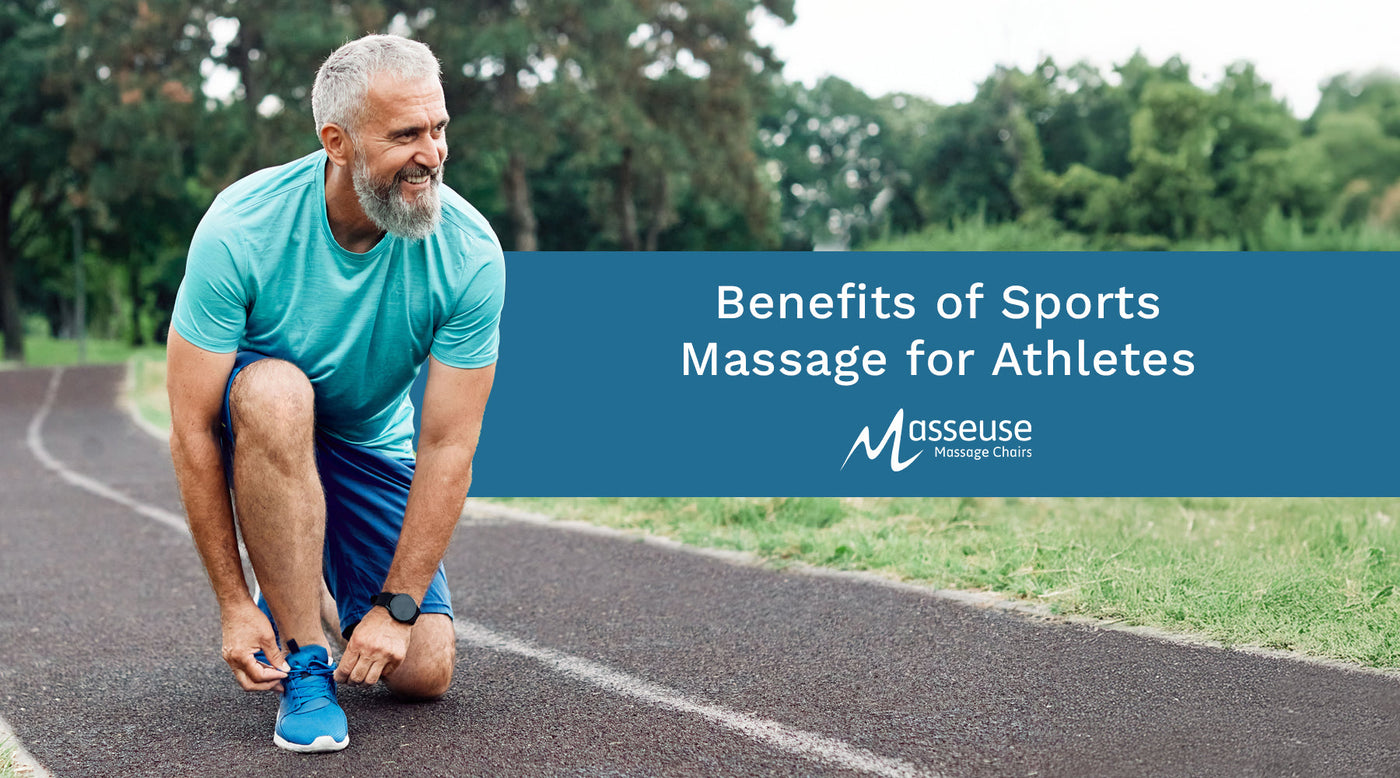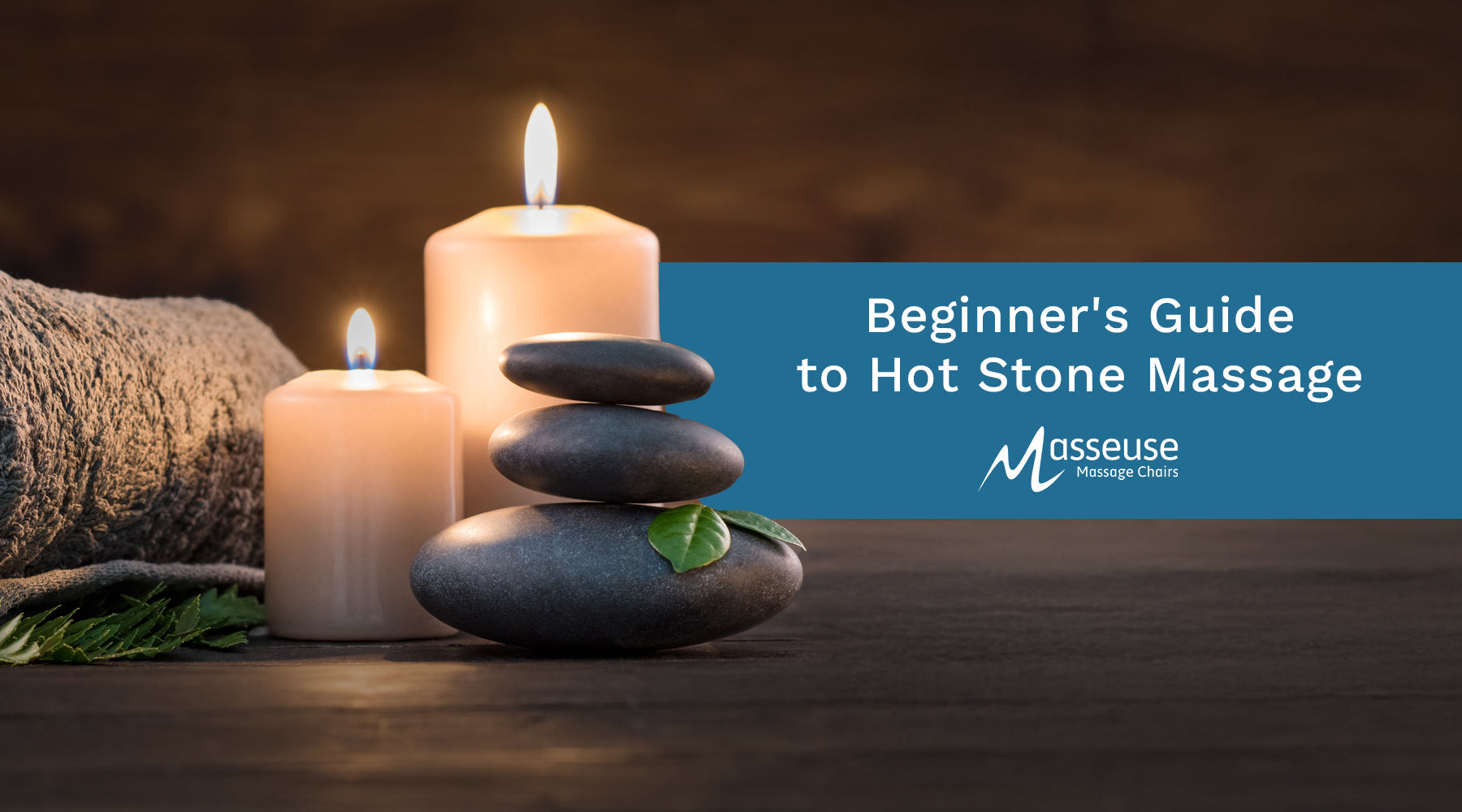
What is Sports Massage Therapy?
Sports massage therapy is a targeted form of massage designed to support active individuals—particularly athletes—in achieving peak performance, preventing injury, and accelerating recovery. Unlike a typical relaxation massage, sports massage is goal-oriented and focused on the muscles used most during physical activity. It combines techniques from Swedish massage, deep tissue work, myofascial release, and trigger point therapy, tailored to each athlete’s body and sport.
But don’t let the name mislead you—sports massage isn’t just for elite athletes or marathon runners. It’s highly beneficial for anyone who exercises regularly, from weekend cyclists to dedicated gym-goers, dancers, and even those with physically demanding jobs. If you’re using your muscles often and pushing your body to perform, you’re a candidate for sports massage.
Benefits of Sports Massage
Enhanced Performance and Recovery
One of the standout benefits of sports massage treatments is their ability to boost athletic performance. By improving circulation, reducing muscle tension, and enhancing flexibility, a sports massage prepares your body to move more efficiently and recover faster. According to the Journal of Bodywork and Movement Therapies, sports massages have been linked to improved range of motion and decreased muscle stiffness—key factors for optimal performance.
Injury Prevention
By identifying and addressing muscle imbalances, tightness, and potential trigger points early, sports massage plays a crucial preventive role. It helps reduce the risk of strains, sprains, and overuse injuries—common afflictions in athletes of all levels.
Mental Benefits
It’s not all physical; sports massages also support mental clarity and stress reduction. Many athletes report feeling more focused, relaxed, and mentally prepared after a session, especially before competition.
When Should You Get a Sports Massage?
The timing of a sports massage matters. Whether you’re preparing for an event, recovering from one, or in between training blocks, each session can be adapted to suit your goals.
Pre-Training
Before competition or intense training, a sports massage can prime the body. A lighter, more stimulating massage increases blood flow and helps warm up muscles. It prepares your body and mind for the physical demands ahead by enhancing flexibility and reducing tension. Pre-event massages are usually given 24–48 hours before the activity and are shorter in duration, typically focused on the key muscle groups involved in your sport.
Post-Training
After an event or heavy training session, a sports massage helps your body recover. It promotes blood circulation, aiding in the removal of metabolic waste like lactic acid, which builds up in the muscles during exercise. This can help reduce muscle soreness, prevent stiffness, and speed up overall recovery.
A post-event massage, performed within a few hours to 48 hours after the activity, can also identify early signs of overuse or potential injury. It’s a valuable tool for athletes looking to bounce back quickly and maintain consistent performance.
Maintenance
Think of regular sports massages as a proactive investment in your physical wellbeing. Weekly or biweekly sessions can help you train harder and more consistently by preventing tightness from becoming dysfunctional. Long-term benefits include improved posture, better movement efficiency, fewer injuries, and faster recovery times.
Athletes often integrate maintenance massage into their routine alongside physiotherapy, strength training, and proper nutrition. It’s especially useful during intense training blocks or leading up to major competitions.
Injury Rehabilitation
If you’re recovering from a sports injury—like a pulled hamstring or a rotator cuff issue—sports massages can be an essential part of your rehabilitation plan. Massage therapy increases blood flow to injured areas, reduces inflammation, and promotes the regeneration of healthy tissues.
It also helps break down scar tissue, improve range of motion, and reduce pain. When used alongside other treatments such as physiotherapy or exercise-based rehab, massage can significantly speed up recovery and help restore function. Just make sure you're working with a qualified sports massage therapist.
What To Expect At A Sports Massage
Whether it’s your first session or your fiftieth, asports massage typically follows a structured process:
- Initial Consultation: Your therapist will start with a discussion about your medical history, training routine, recent injuries, and goals for the session. This step ensures the massage is tailored specifically to your needs.
- Physical Assessment: They may observe your posture, range of motion, and muscle tone to identify any imbalances or areas of concern. If you have pain or stiffness in specific areas, those will be examined more closely.
- Treatment: The massage itself will often involve a mix of techniques—such as effleurage (gliding), petrissage (kneading), friction, and trigger point therapy—focused on the muscle groups you use most. Depending on the intensity and purpose of the session, some discomfort may be felt, but it should never be painful.
- Aftercare: After the massage, your therapist may provide you with stretches, hydration advice, or training modifications to enhance the effects of the session. Mild soreness is normal, especially after deeper work.
What's the Difference Between Deep Tissue and Sports Massage?
Deep tissue massage and sports massage are often confused, but they’re not the same.
Deep tissue massage is a general technique focused on relieving chronic muscle tension and stiffness. It’s typically used for non-athletes with tightness caused by stress, posture, or sedentary work.
Sports massage, on the other hand, is more dynamic. It adapts to the athlete’s sport, training cycle, and specific muscle usage. It often includes pre-event prep, post-event recovery, and injury rehab techniques.
The key difference? Intent and specificity. Sports massage is functional, sport-focused, and outcome-driven—making it a better choice for active individuals who want targeted, performance-enhancing support.
What's the Difference Between Remedial and Sports Massage?
These two modalities are close cousins, but they serve slightly different purposes:
- Remedial massage focuses on treating musculoskeletal pain, dysfunction, and injury through assessment and targeted treatment. It’s widely used for posture-related issues, chronic pain, or workplace strain.
- Sports massage incorporates remedial techniques but with an athletic lens. It's more dynamic and designed to support training goals, performance, and sports-specific recovery.
If your priority is functional movement, injury prevention, or athletic enhancement, sports massage is more beneficial. If you’re dealing with general aches and pains or chronic postural issues, remedial massage may be a better starting point.







)





